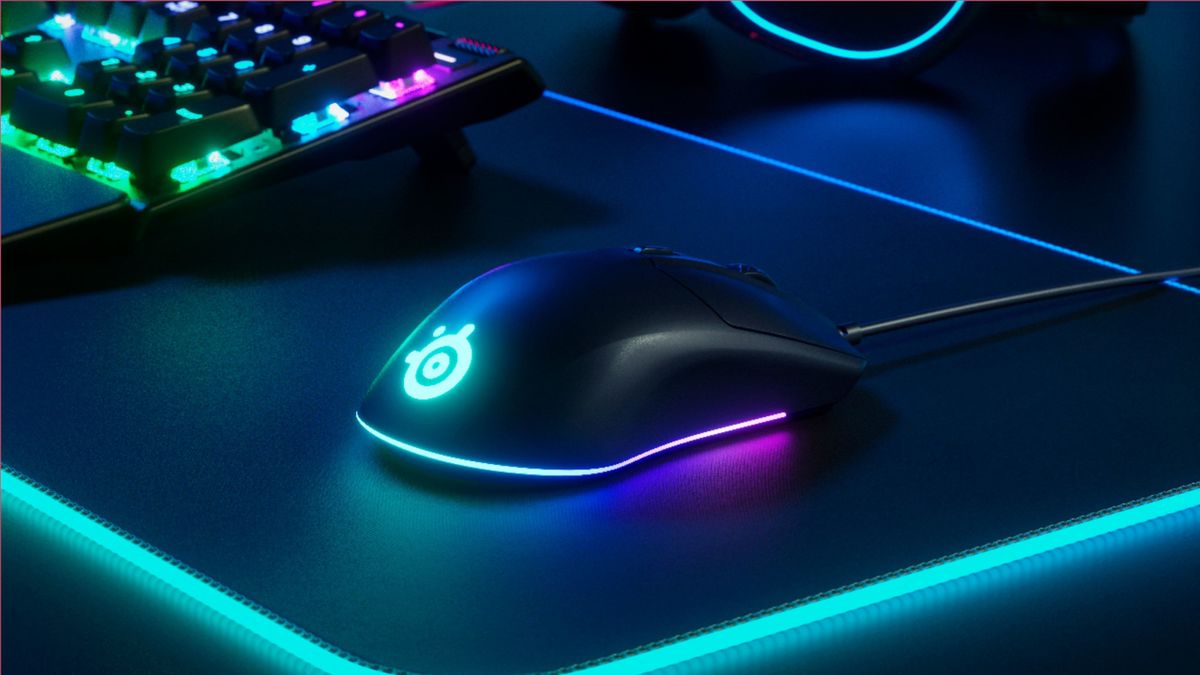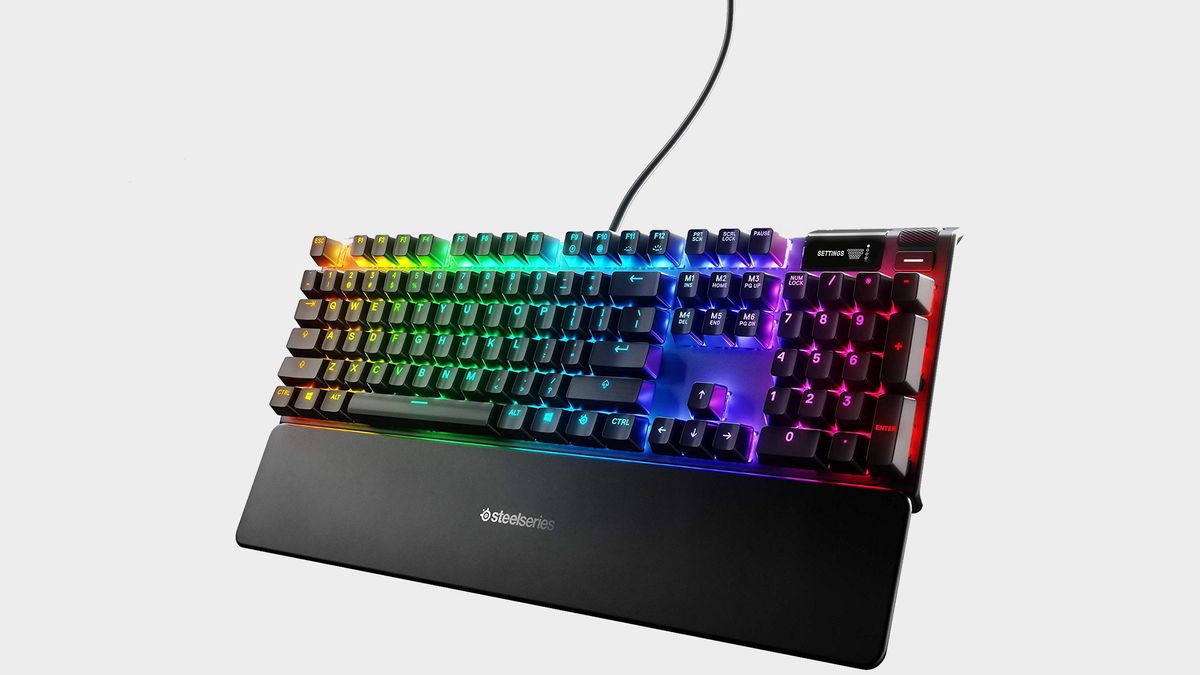Although you’d be forgiven for thinking that PSN exclusive Rainbow Moon sounds like some Sailor Moon spin-off, it’s a tactical role-playing game. Rainbow Moon is a fairly typical take on the genre: You’ll be spending a lot of time moving your chess pieces around a grid, taking turns, trading MP for spells and thwacking bees –a lot of them– with swords.
In the game, you step into the boots of hero Baldren. On his way to an annual duel with his arch-rival, Baldren is suddenly flung into a portal and transported to Rainbow Moon, a colorful celestial body. A horde of monsters has also gate-crashed his dimensional hopping, making his quest to return home all the more difficult. If you don’t like the sound of the story, don’t fret, because it doesn’t play a big role in driving the game forward.
One of the high points of Rainbow Moon is how the game handles enemy encounters. In the game world, you’ll see enemy avatars that spawn battles when you run into them. But there are also random encounters that may pop up. All you need to do is press X and start slaughtering some bees, imps and maybe a golem. But mostly, it feels like it’s bees. It’s a great way to let players battle as much as they want without forcing combat too excessively.
In Rainbow Moon, each character/bee takes an individual turn, rather than on a per-party basis. Each character’s turn is also split up into sub-turns, which characters are free to do whatever they want with. They can move one square per sub-turn, attack, cast a spell or chug a potion.
It’s nice to be able to attack multiple times per turn, but the restriction of moving one square per sub-turn feels extremely inefficient and bogs down the action. All too often, you’ll spend a turn lining up a spell, only to have the target bee move out of range on their move. When you do get into position you find yourself just casting the same move until you run out of sub-turns. It can get a bit repetitive to move one square and then cast the same spell three more times each turn.

Once you get into the rhythm of the game, enemy encounters can fly by much faster than other strategy RPGs. Making decisions doesn’t take a lot of button strokes to execute and there aren’t many menus to navigate mid-battle. But with this speed comes a price and there is no way to take back decisions once you make them. It’s extremely frustrating when you accidently press the wrong direction while moving or enter the “defend” command when you didn’t mean to.
Though many bemoan the SRPG as a genre for being too slow, the cost is too high to bear when trading precision for speed. When carefully laid strategies mean everything, it’s a nasty compromise.
 Game News Video Games Reviews & News
Game News Video Games Reviews & News



